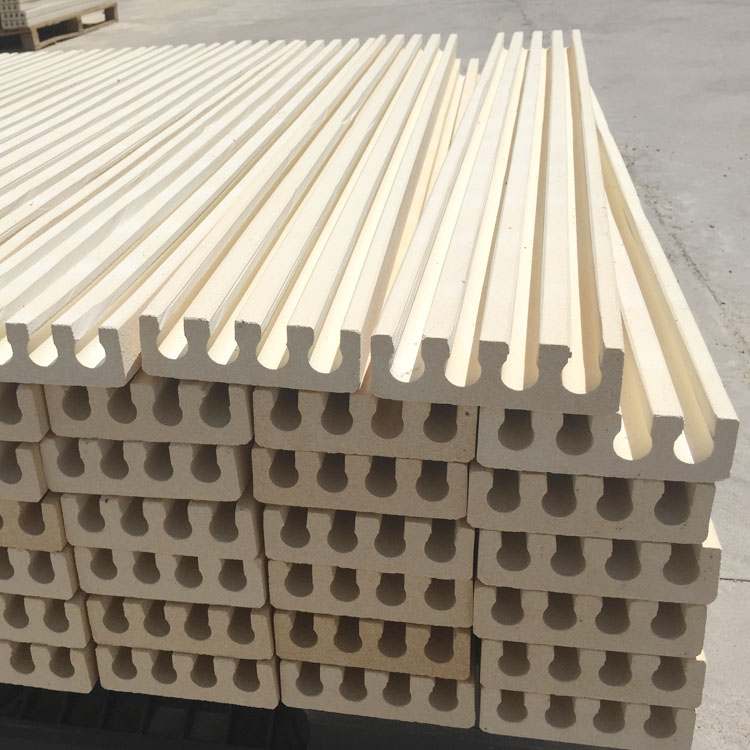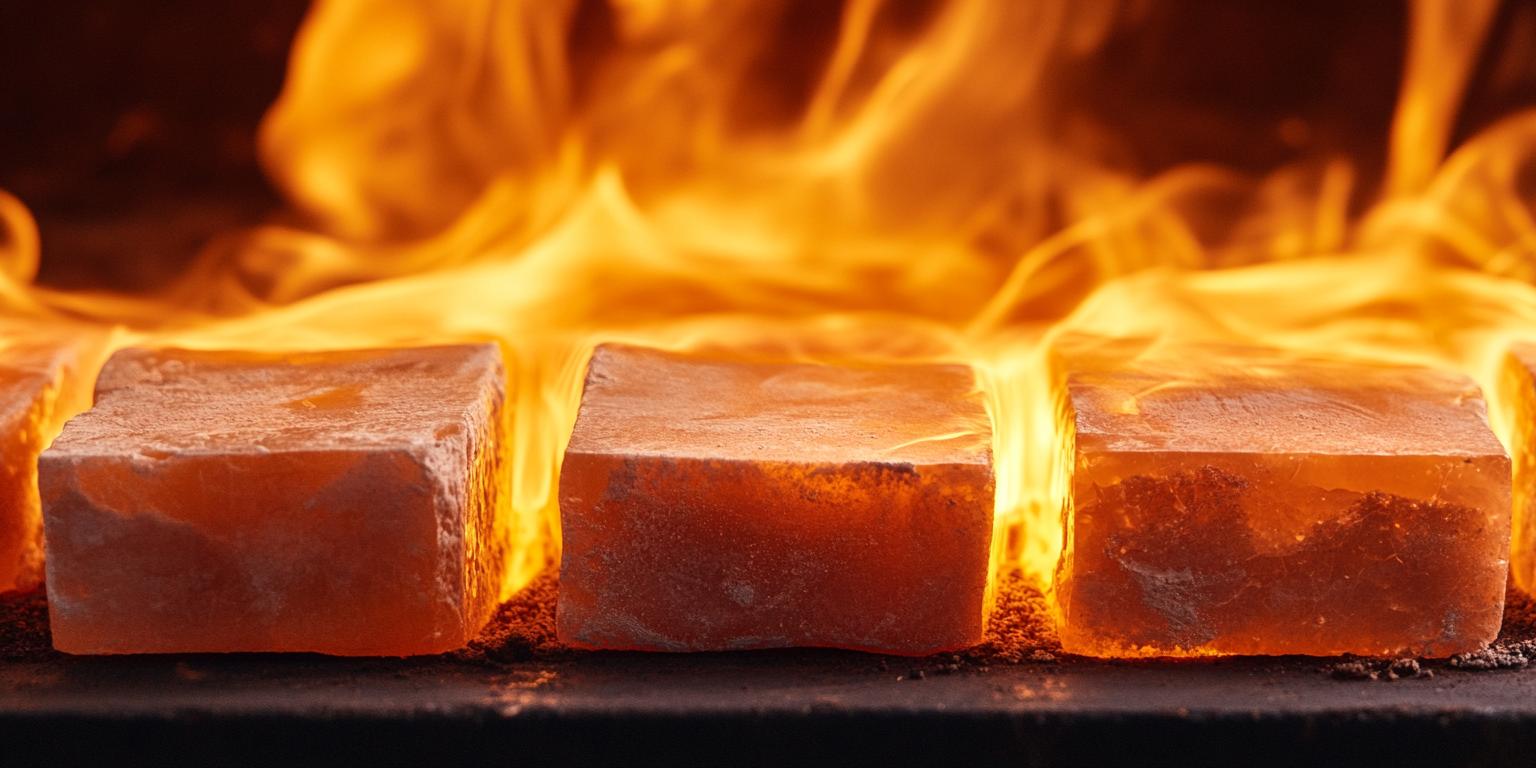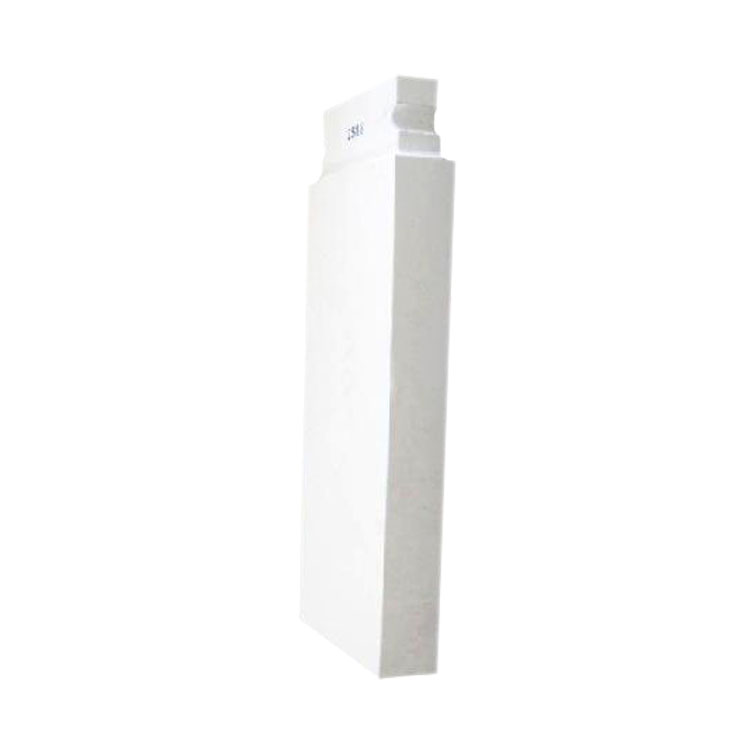Detailed Analysis and Selection Guide for High-Temperature Kiln Furniture Materials
27 06,2025
Technical knowledge
This article provides an in-depth analysis of kiln furniture materials suitable for high-temperature heat treatment processes ranging from 1000ºC to 1300ºC. It focuses on the superior performance of cordierite kiln furniture, highlighting its low density, porous structure, and extremely low creep rate, which contribute significantly to its excellent thermal shock resistance and thermal stability. By presenting real-world application cases, this paper helps manufacturing engineers and procurement professionals understand how to select efficient, cost-effective, and long-lasting materials to enhance the stability and productivity of heat treatment processes. The article offers authoritative technical guidance and optimization strategies, supported by experimental data and comparative charts. It also encourages readers to engage in interactive discussions to share experiences and deepen technical knowledge.

High-Temperature Kiln Furniture Material Performance and Selection Guide
Choosing the right kiln furniture material is critical for ensuring stability, efficiency, and longevity in high-temperature heat treatment processes ranging from 1000ºC to 1300ºC. This article provides a comprehensive analysis of material performance, with a special focus on cordierite, which demonstrates exceptional thermal shock resistance, low density, and minimal creep rate under extreme conditions.

Key Requirements for High-Temperature Kiln Furniture
In industrial applications such as ceramics, glass manufacturing, and metal sintering, kiln furniture must withstand repeated heating and cooling cycles without structural degradation. The primary performance indicators include:
- Thermal Shock Resistance: Ability to endure rapid temperature changes without cracking or deforming.
- Low Creep Rate: Minimal deformation under sustained high-temperature loads.
- Thermal Stability: Consistent physical and chemical properties over time.
- Lightweight Design: Reduces energy consumption and improves handling efficiency.
Why Cordierite Stands Out
Cordierite, a naturally occurring mineral with a unique porous structure, has become a preferred choice for high-temperature kiln furniture. Its key advantages include:
- Low Density: Approximately 2.4 g/cm³, making it significantly lighter than traditional materials like silicon carbide or refractory bricks.
- Minimal Thermal Expansion: Coefficient of thermal expansion (CTE) is around 0.8 × 10⁻⁶/ºC, which minimizes stress during temperature fluctuations.
- Excellent Creep Resistance: Under 1300ºC, cordierite exhibits a creep rate of less than 0.1%, far below that of conventional refractories.
- High Porosity: Enhances insulation properties and reduces thermal mass, enabling faster heating and cooling cycles.

Real-World Applications and Performance Data
Several industries have adopted cordierite-based kiln furniture to improve process reliability. For example:
| Industry |
Material Used |
Operating Temperature |
Creep Rate (%) |
Thermal Shock Cycles |
| Ceramics |
Cordierite |
1250ºC |
0.08 |
Over 10,000 |
| Metals Sintering |
Alumina |
1300ºC |
0.5 |
Approx. 5,000 |
| Glass Manufacturing |
Silicon Carbide |
1100ºC |
0.2 |
Approx. 7,000 |
The data clearly shows that cordierite outperforms other materials in both creep resistance and thermal shock endurance, making it an ideal solution for demanding environments.

Practical Selection Criteria and Optimization Strategies
To ensure optimal performance, manufacturers should consider the following factors when selecting kiln furniture materials:
- Process Requirements: Determine the maximum operating temperature and frequency of thermal cycles.
- Load Capacity: Evaluate the weight and pressure the furniture will bear during operation.
- Energy Efficiency: Choose materials with low thermal conductivity to reduce energy consumption.
- Maintenance Costs: Materials with longer service life and lower failure rates can significantly reduce downtime.
For industries where rapid temperature changes are common, cordierite's low CTE and high porosity make it a superior option compared to alternatives like zero-expansion silica bricks or silicon nitride.
Conclusion
As global manufacturing continues to push the boundaries of high-temperature processing, the selection of appropriate kiln furniture materials becomes more crucial than ever. Cordierite stands out due to its combination of lightweight design, excellent thermal shock resistance, and minimal creep, offering long-term cost savings and operational efficiency.
Whether you're optimizing existing processes or designing new systems, understanding the performance characteristics of materials like cordierite is essential for achieving consistent results and reducing maintenance costs.
Explore Cordierite Kiln Furniture Solutions Now





